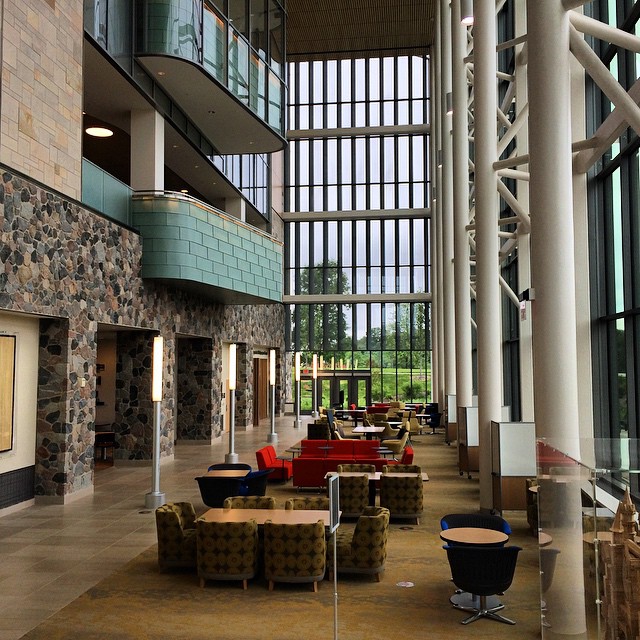Greetings all – From time to time I will share articles of note that you can use in your assignments. This one covers “Information Grounds.”
Fisher, K.E., Landry, C.F. and Naumer, C. (2006). “Social spaces, casual interactions, meaningful exchanges: ‘information ground’ characteristics based on the college student experience.” Information Research, 12(2) paper 291. [Available at http://InformationR.net/ir/12-1/paper291.html]
Introduction. In the late 1990s Fisher (writing as Pettigrew) proposed ‘information grounds’ to describe social settings in which people share everyday information while attending to a focal activity.
Method. This study was conducted at a major research university, home to 45,000 students. Data were collected by seventy-two Master of Library and Information Science (MLIS) students as part of an information behaviour class. Trained in interviewing techniques, each MLIS student interviewed ten students in public places, including the campus and the university commercial district. The survey, comprising twenty-seven primarily open-ended questions, was conducted from October 14-21, 2004. Data were collected from 729 college students and entered, along with extensive field notes, into an in-house Web form.
Analysis. Qualitative and quantitative analyses were supplemented by mini-reports prepared by the student researchers along with full-team debriefings.
Results. Using a people, place and information-related trichotomy, characteristics are discussed in terms of how they can be manipulated to optimize information flow in social settings.
Conclusions. By understanding better the characteristics of ‘information grounds’ and the interactions among these characteristics, we may be able to develop social spaces in support of information flow and human interaction. Our college student and other studies suggest that ‘information grounds’ play an intrinsic role in facilitating communication among people and that by building an in-depth ‘information grounds’ typology, beginning with basic categorical characteristics, we may develop new methods for facilitating information exchange.



